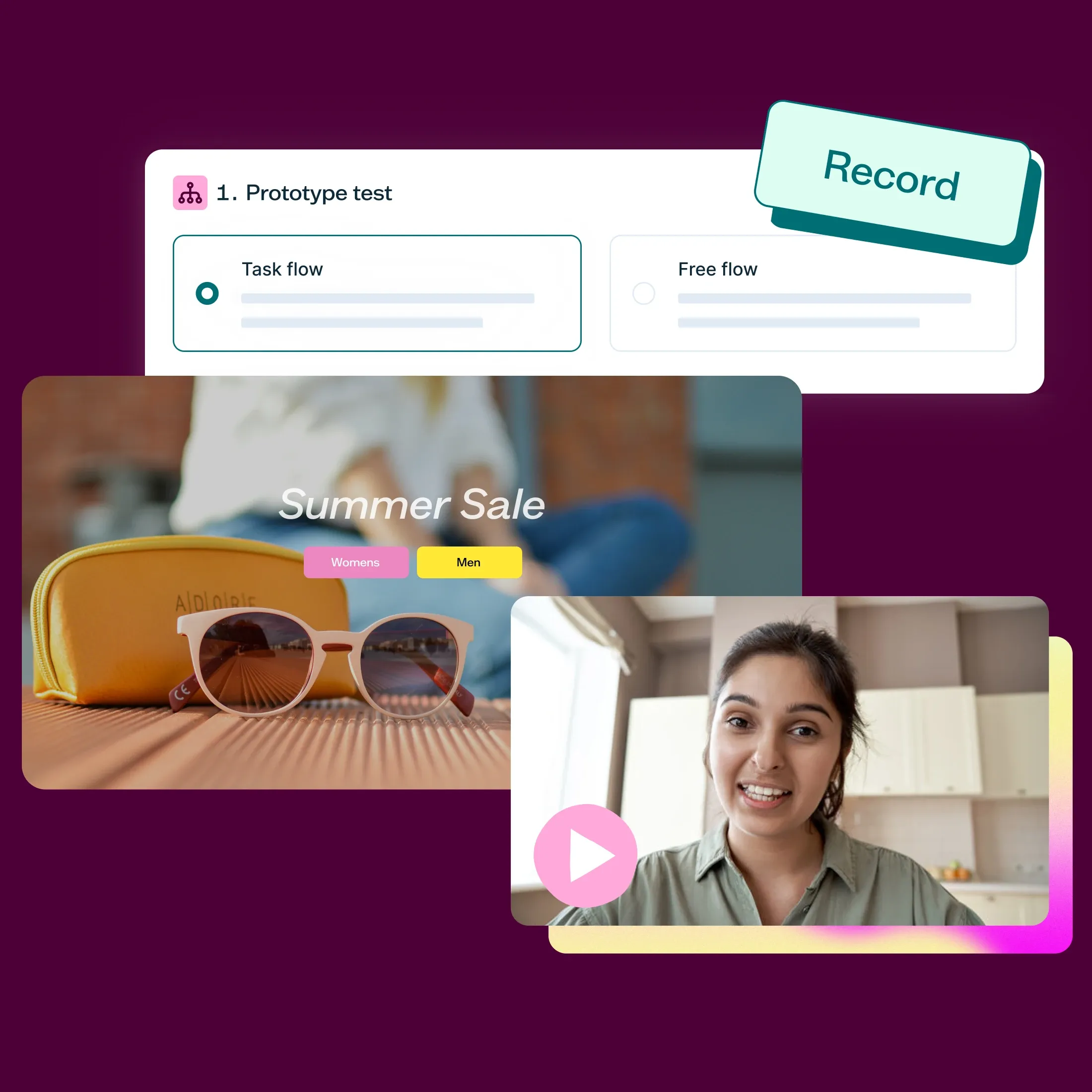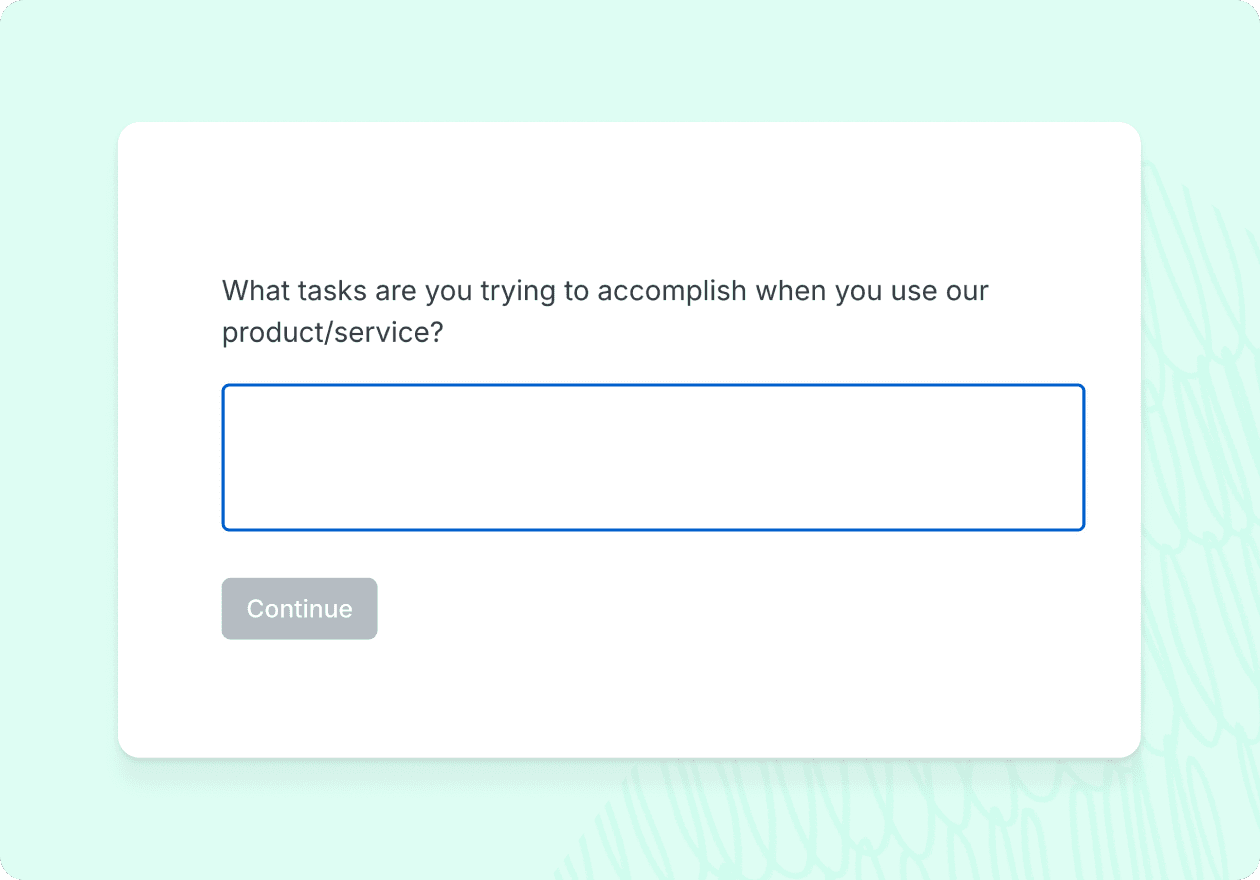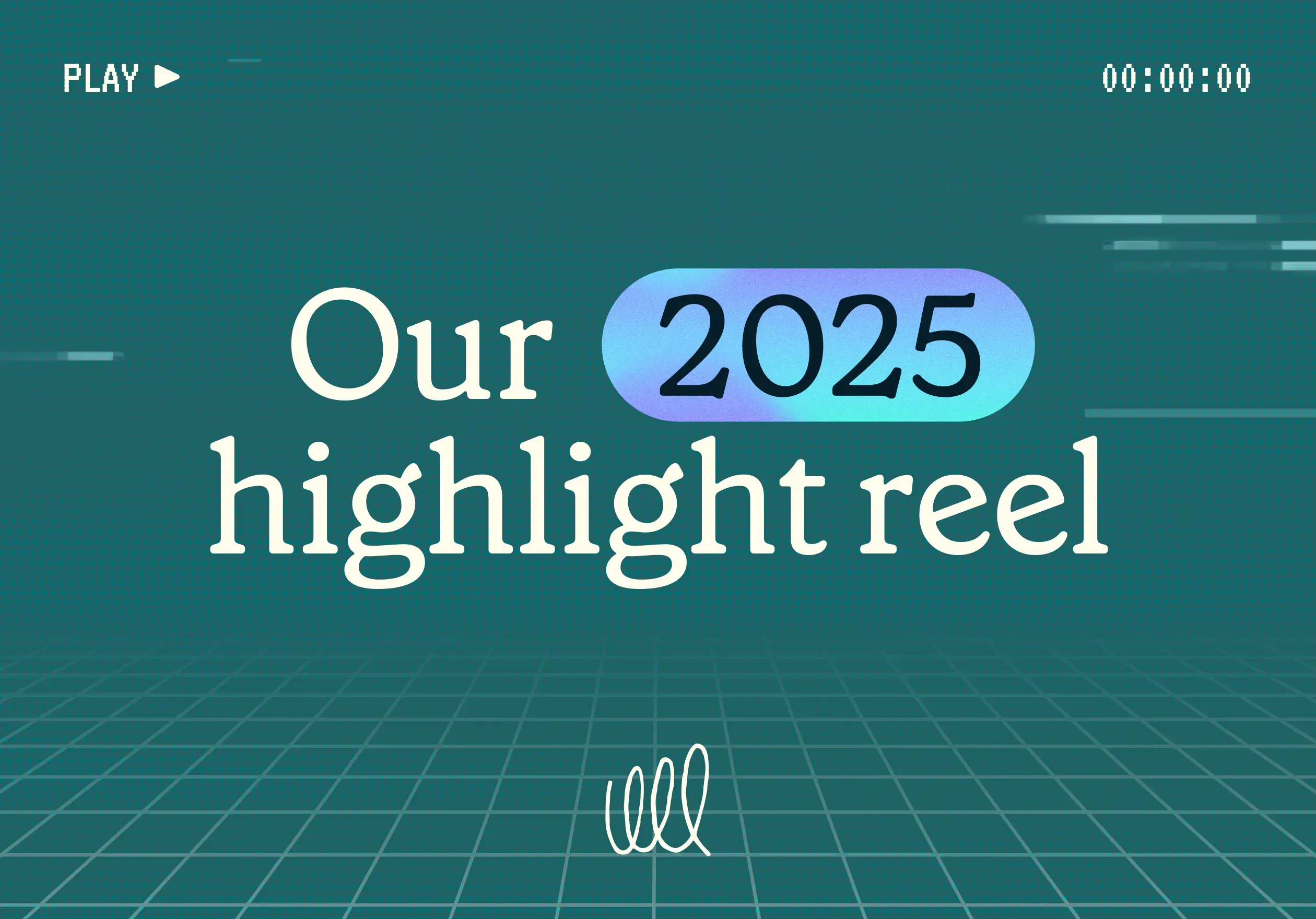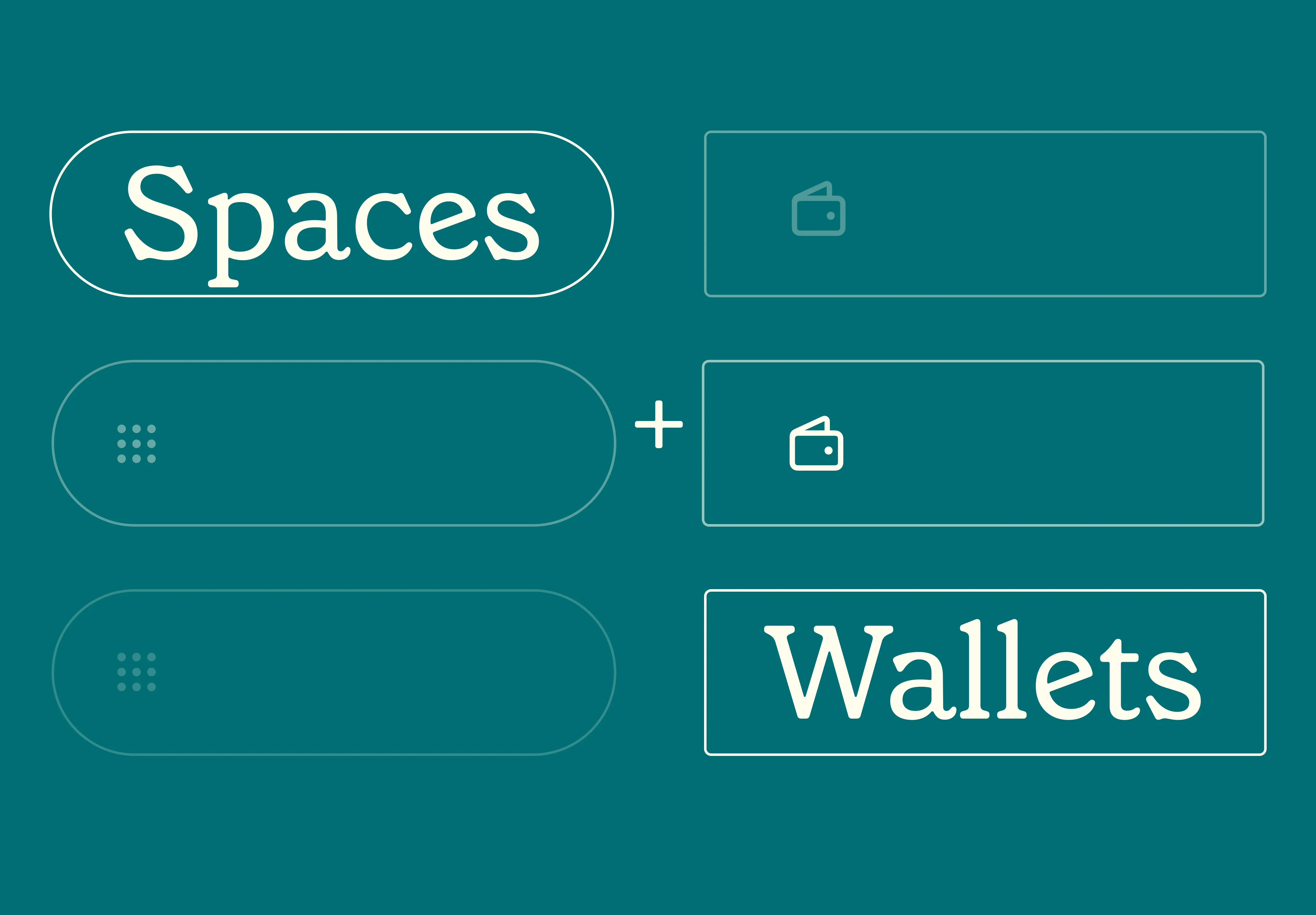26 Jun 2025
|16 min
User personas
Learn to create effective user personas. Follow our step-by-step guide and access our template to define personas that align with your goals.

Have you ever launched a product or design only to realize it didn't quite hit the mark with your audience? It's frustrating and – to rub salt into the wound – often expensive too.
But here's the thing: the answers are almost always right there, with your users.
When you deeply understand your users – their goals, frustrations, and motivations – the path forward becomes much clearer. It's not about guessing what they might want; it's about knowing them so well the solutions practically design themselves. (Well, almost …)
That's where user personas come in.
They're your roadmap to uncovering key insights and solving the right problems.
In this guide, we'll explore what user personas are, why they matter, and how you can create them step by step. Plus, we've included a handy template to get you started. And, on that note …

User persona definition
A user persona goes beyond a basic profile – it's a detailed, story-driven depiction of a specific audience segment. While details like age, job title, and location set the stage, the real value lies in uncovering goals, challenges, and behaviors. The story beneath.
Think of user personas as the bridge between data and design. They help reveal patterns and motivations within your audience, turning abstract data points into relatable characters. This clarity helps your team to make better product decisions and create experiences that truly resonate.
Build research-backed personas
Stop guessing what your users want. Sign up to Lyssna and start gathering the insights you need to build better personas.
What makes a user persona stand out?
Dynamic and story-driven: They focus on goals, frustrations, and motivations rather than just demographic stats.
Deeply specific: They provide a clear picture of behaviors, challenges, and needs.
Humanized: They turn data into relatable characters, making them easier to empathize with.
Tailored, not generic: They represent a distinct user segment with nuance and depth.
The importance of defining your user personas
“If you are redesigning your app or website without defining user personas, you are basically going in blind and putting your money at risk. You need to know the most likely journey that people will take when they visit your website. Defining goal-based personas is the easiest way to get that information.” - Steven Widen, Partner & President at E-Cubed Synthesis Inc.
Let's sketch it out with a scenario.
So, your team is designing a travel booking app and assumed your primary users were tech-savvy millennials who love spontaneous getaways – the digital nomads hashtagging #YOLO from the side of their infinity pool on the hippest new Greek island.
Your prototype emphasizes flashy features like AI-driven trip recommendations to meet this (assumed) need.
But after defining your user personas in more detail, you discover the biggest user segment is actually middle-aged professionals booking work trips.
What they need is quite different: clear itineraries, expense tracking, and seamless syncing with their calendars. None of which the prototype includes.
These are the kind of “back to the drawing board” moments accurate personas help you avoid, saving time and resources in the process.

What does a user persona look like?
User personas capture who your users are, what they need, and the challenges they face. For designers, product managers, and researchers, they offer a helpful lens to prioritize features, solve real-world frustrations, and create user experiences that resonate.
A well-crafted user persona typically includes:
Basic demographics: Age, location, role, and experience level.
Goals and motivations: What are users trying to accomplish, and why?
Frustrations and pain points: What slows them down or causes friction in their workflows?
Behaviors and preferences: How do they approach tools or processes in your space?
Favorite tools or platforms: What’s already part of their daily toolkit?
A name, photo, and a quote: Personal touches to make the persona memorable and relatable.
What a user persona shouldn’t look like
Creating user personas can be transformative, but only if they’re done right. A poorly designed persona doesn’t just fail to deliver value – it can actively mislead your team, causing bias and confusion. So, what should you avoid when building user personas?
Pitfalls of traditional personas
Historically, user personas have leaned heavily on demographic data like age, gender, marital status, and job titles. While this might seem like helpful context, it often leads to harmful generalizations or implicit biases. For example, does knowing a user is single help you understand how they’ll interact with your product? Probably not.
Plus, relying too heavily on demographics can turn your personas into stereotypes – flat, generic profiles that fail to reflect the complexity of real users.
What to avoid in your personas
Stereotypical names and traits: Avoid names like “Sally the shopper” that reinforce clichés. Instead, use meaningful identifiers tied to roles or goals – like “The Budget-Conscious Buyer” – to keep personas relatable without bias.
Overemphasis on demographics: Strip away unnecessary details like marital status or location unless they’re directly relevant to your design goals.
Shallow pain points: Generic frustrations like “doesn’t like long forms” won’t help your team make decisions. Focus on specific, behavior-driven issues instead.
Narrow perspective: Personas built by a single individual or team risk being one-dimensional. Collaborative input ensures diverse perspectives and broader accuracy.
A great persona isn’t just a character sketch – it’s a living tool that helps your team design with empathy and purpose. The more relevant and behavior-focused your personas are, the more effectively they’ll guide meaningful decisions.

The 5 key factors in a good user persona
So, what sets a great persona apart from the rest? Let’s break it down.
1. Based on real data
Personas built on assumptions risk leading teams astray, while those grounded in data ensure accuracy and relevance. Surveys, user interviews, and analytics help uncover actual behaviors, preferences, and pain points.
2. Specific and detailed
Instead of “likes convenience,” dive deeper – for example, “prioritizes tools that allow one-click access to frequently used features.” Details about goals, challenges, and habits make personas relatable and actionable for your team.
3. Focused on user goals and pain points
What are your users trying to achieve, and what’s standing in their way? A good persona puts these front and center. For example, a goal like “collaborate seamlessly with team members” paired with a pain point like “confusing interfaces slow down workflows” provides a clear direction for design improvements.
4. Represents a significant user segment
Your personas should reflect meaningful portions of your audience, not outliers. A single persona representing a small percentage of your users might not be worth prioritizing. Instead, focus on segments that impact your product’s success the most.
5. Guides practical design decisions
Ultimately, personas should inform real, day-to-day design choices. Whether it’s prioritizing features, rethinking layouts, or refining messaging, the information in your persona should help solve tangible problems for users.
A great user persona isn’t a static document – it’s a tool your team can refer to at every stage of the design and product development process. With these five elements in place, your personas will be more than profiles; they’ll become your team’s North Star for creating user-centered solutions.
What are user personas used for in UX?
User personas aren’t just a box to check – they’re a strategic tool that can transform your entire design process. Here’s how they create real impact.
Guiding design decisions: Personas act as a compass, helping teams focus on what matters most to users. Instead of guessing which features or designs will work, you can use personas to validate ideas. For example, does this workflow solve a key pain point? Does this layout align with how the user navigates similar tools? With personas, you’re not designing in the dark (as much fun as that sounds).
Aligning team understanding: A shared persona is like a universal language for your team. When everyone – from designers to product managers to stakeholders – has the same understanding of the user, it’s easier to collaborate. Personas ensure your decisions stay consistent and user-centered, even when opinions differ.
Prioritizing features and functionality: Not all features are created equal. Personas help you separate the "must-haves" from the "nice-to-haves" by revealing what your users truly need. For instance, if a persona highlights that speed is critical for their workflow, features that reduce friction here should take precedence.
Enhancing empathy: Numbers and charts don’t inspire empathy – stories do. A persona’s goals, challenges, and context turn abstract data into something your team can connect with on a human level. It’s easier to design meaningful solutions when you can picture the real-world struggles of your users.
Improving communications: Personas are also invaluable for stakeholder discussions. Instead of debating personal opinions or assumptions, you can point to your user personas as evidence. This keeps conversations focused on user needs and minimizes subjective guesswork.
User persona examples
Here are a few examples to illustrate what effective user personas look like in practice.
Example 1: Emma, the Overwhelmed Designer
Emma is a 32-year-old graphic designer who balances client projects with internal deadlines. She thrives on creativity but struggles with tools that overcomplicate her workflow. Her pain points?
Steep learning curves that slow her down.
Apps that don’t integrate, forcing her to juggle multiple platforms.
Client feedback processes that lack clarity and waste time.
Emma’s goals are clear: she wants tools that streamline her work so she can focus on creating, not troubleshooting. For her, simplicity and efficiency are non-negotiable.

Example 2: Raj, the Methodical Product Manager
Raj is a 40-year-old product manager who oversees a cross-functional team. His biggest challenge is ensuring alignment across departments while staying on top of user insights. Raj’s pain points include:
Spending hours gathering data from scattered sources.
Difficulty translating research into practical design feedback.
Frustration with stakeholders who demand results without understanding user needs.
Raj needs solutions that are data-driven, collaborative, and actionable. He values tools that present user insights in a digestible format and empower him to advocate for the user during strategy meetings.
By defining personas like Emma and Raj, you’re giving your team the clarity to solve specific challenges and create tools that feel custom-built for your audience.

Creating user personas
Creating a user persona is part science, part storytelling. The goal? To transform data into a vivid representation of your audience that your team can rally behind. Here’s how to get it right, step by step.
1. Collect user data
Use tools like Lyssna to run surveys and gather feedback directly from your users. Analytics can also reveal user data (like job roles) and how your customers interact with your product. The more diverse your sources are, the richer your personas will be.
2. Identify patterns
Dig into the data to find common threads. Are there recurring goals, frustrations, or behaviors? For example, you might notice that many users struggle with a specific feature or consistently praise a particular workflow. These patterns form the foundation of your personas.
3. Segment your audience
Group users based on shared traits or behaviors. One segment might include first-time users who need extra onboarding support; another could be power users seeking advanced features. Each segment should feel distinct and meaningful.

4. Create detailed profiles
Bring your personas to life by giving them names, backgrounds, and defining traits. Include key elements such as:
Goals and motivations
Pain points and frustrations
Preferred tools or workflows
Context for how they interact with your product
5. Add a personal touch
Humanize your personas with photos and quotes. For example, “I need tools that simplify my process so I can focus on creativity” adds depth and relatability. Visual and emotional cues make personas easier for teams to connect with.
6. Validate and refine
Share your personas with your team and, if possible, with users. Does the profile ring true? Gather feedback to make sure your personas are accurate and relevant. Personas should evolve as you gather more insights.
7. Share and use them
Personas are only as good as their application. Nathalie Roslisberger, Lead Designer at McKinsey and Co, says “An underrated part (of this process) is to let key players experience what your personas experience. It's not just how I communicate with personas but how I transmit that knowledge back to the team and create that empathy.”
Make your personas accessible to all stakeholders, and integrate them into your design and development processes. Refer to them when prioritizing features, solving problems, or making strategic decisions.

User persona template
With our user personas template, you’ll be able to turn research into clear, practical profiles that help your team design with empathy and focus. Instead of guessing what your users need, you’ll have a straightforward way to keep their priorities at the center of your work.
User personas generator
Building personas from scratch can be time-consuming, but the right tools can help streamline the process. Here are some of the top user persona generators that can help you organize your research data into structured profiles more efficiently.
AI-powered generators
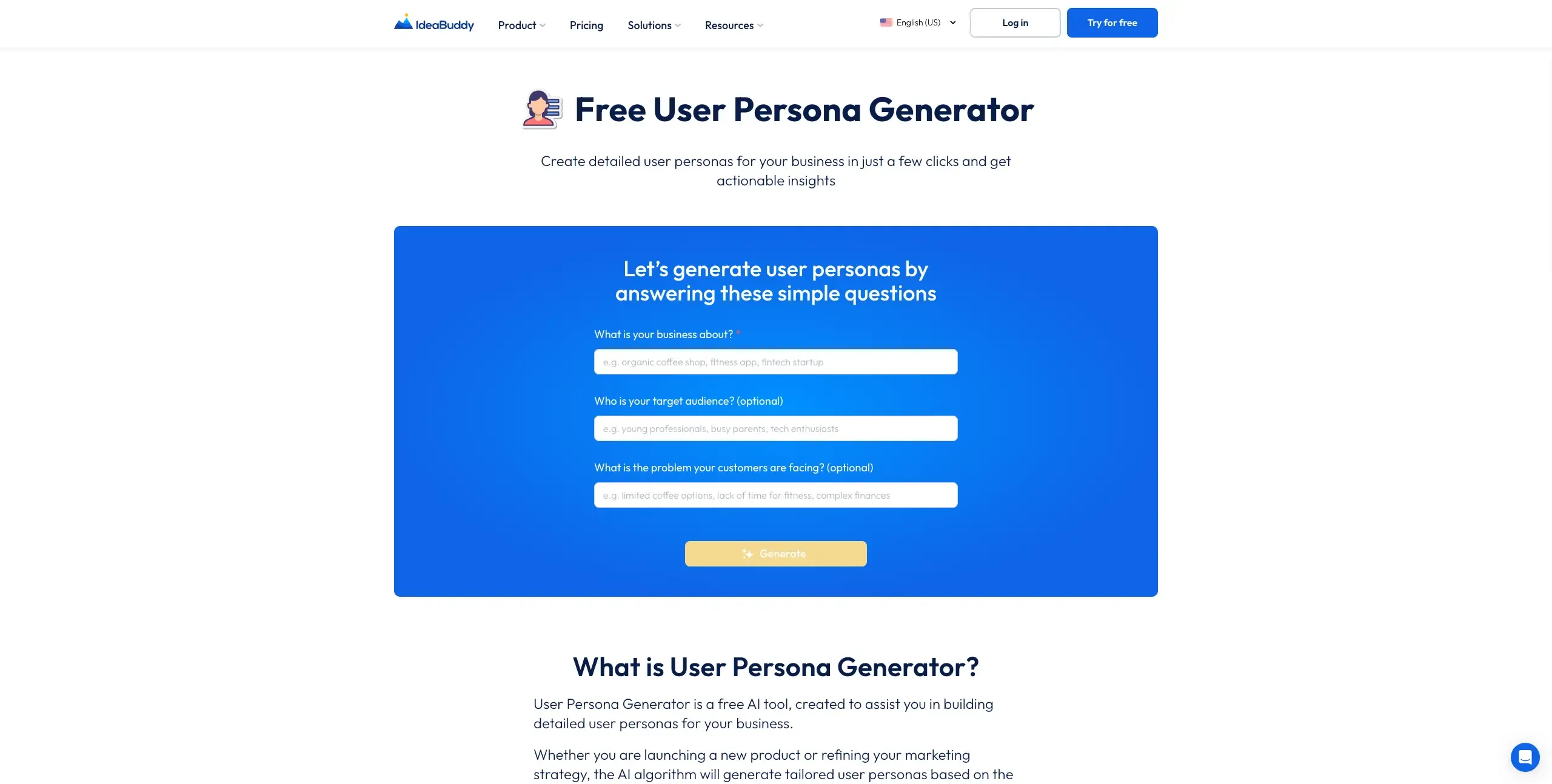
UserPersona.dev: A free AI-powered tool that doesn't require you to sign up. Enter a description of your product or service and it generates detailed user personas that you can edit and save as images.
FounderPal: Offers a free user persona generator – enter a description of your business, target audience, and language and it generates a persona outlining the problem, pain points, goals, and barriers.
Ignition's AI Persona Generator: Generates comprehensive personas including goals, frustrations, jobs-to-be-done, and buying processes. Highly customizable with demographic data and visual elements.
IdeaBuddy: Offers a free AI tool that analyzes inputs like segment size and purchase power to create detailed user personas with triggers and barriers to acquisition.
Platform-based tools
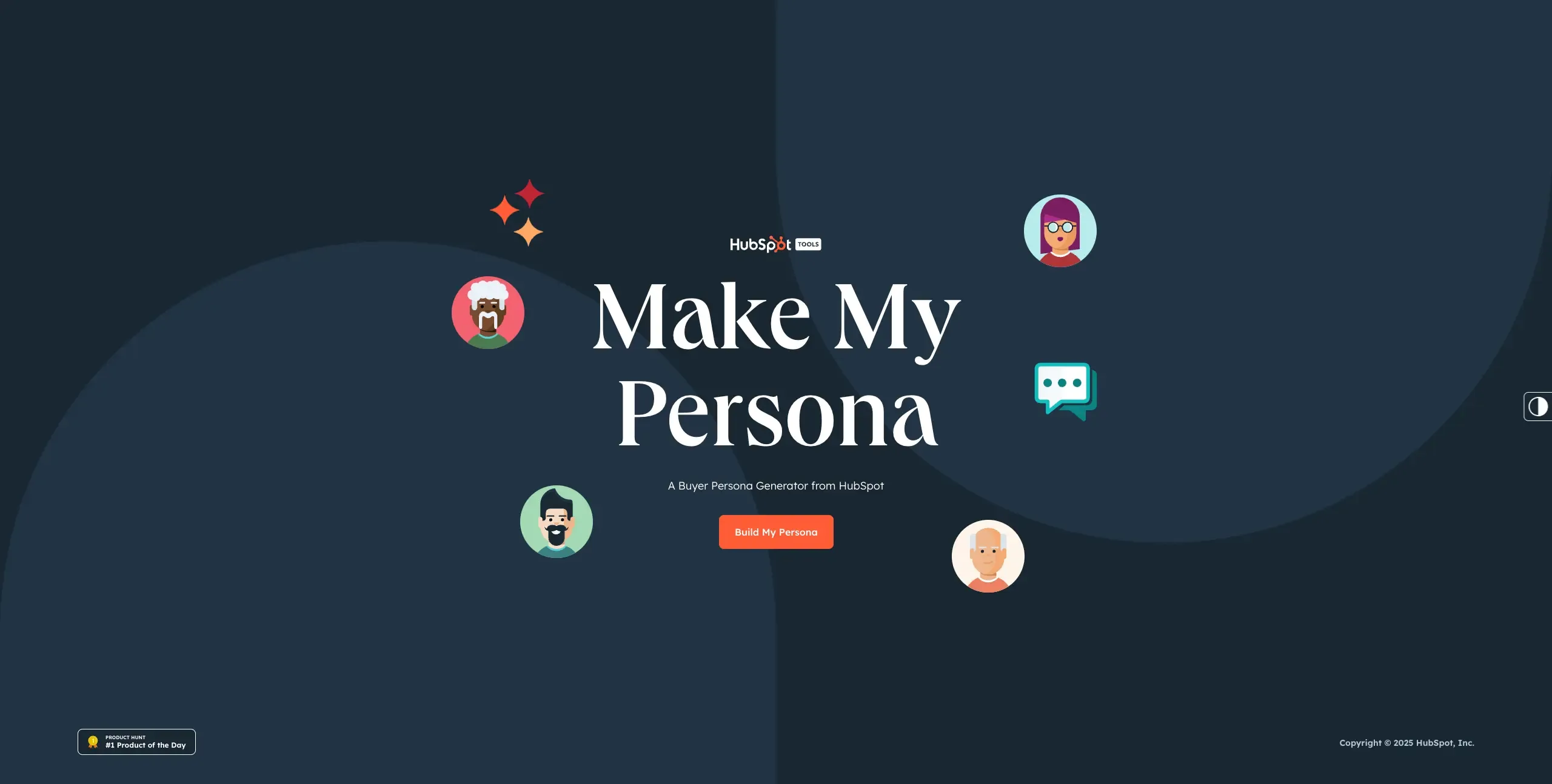
HubSpot's Make My Persona: One of the most popular free persona generators with professional templates and comprehensive buyer persona creation capabilities.
UXPressia: Includes an online persona creator used by companies like Deloitte and HP. Features name and photo generators, data integration, and collaborative tools.
Xtensio: Offers living document templates with drag-and-drop functionality, real-time collaboration, and multiple sharing options.
Design tool integrations
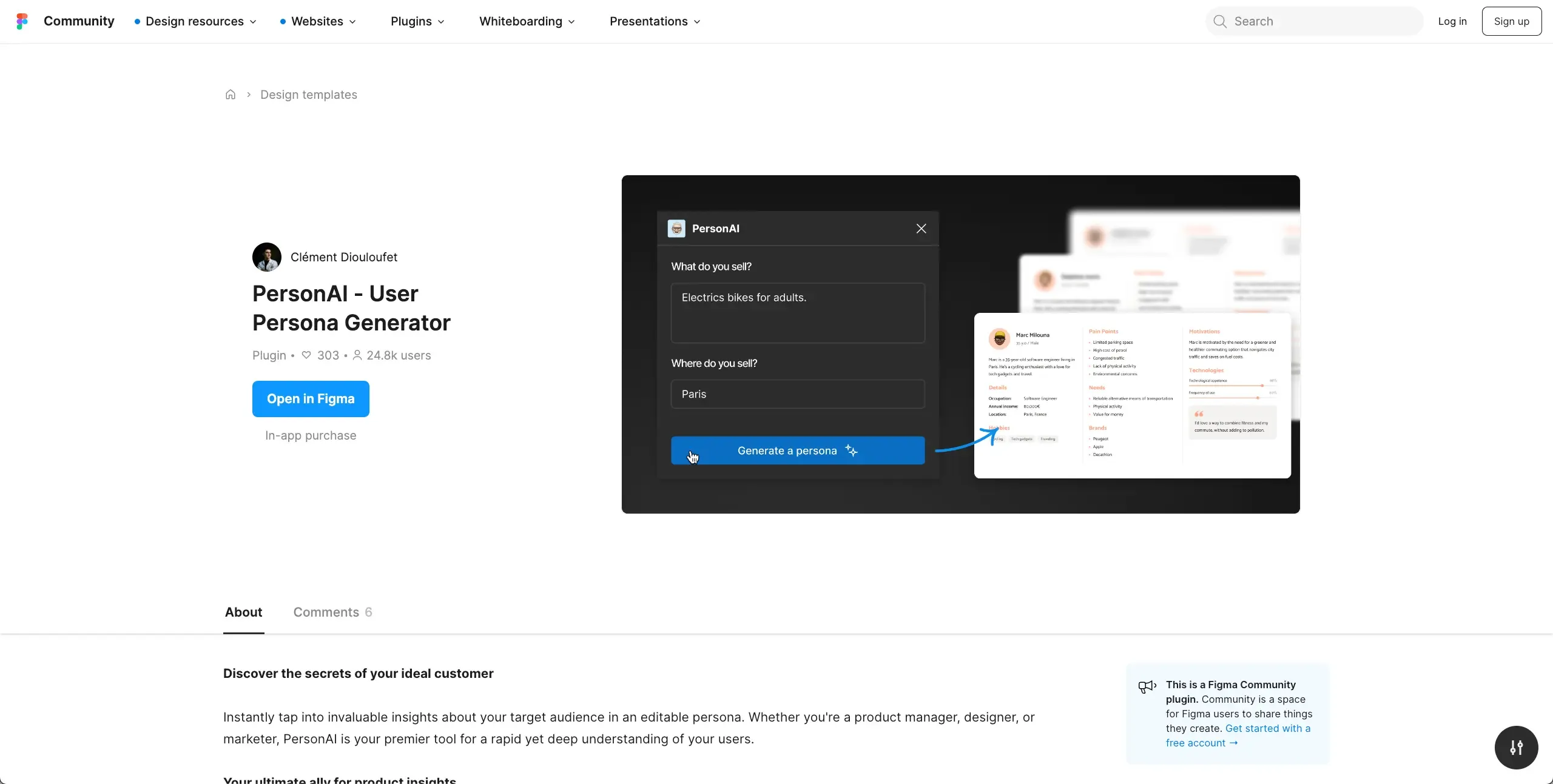
Figma/FigJam: There are plenty of free persona templates available in the Figma Community – perfect for design teams working together on persona development.
PersonAI (Figma Plugin): A dedicated Figma plugin for generating user personas directly within your design workflow.
Canva: Customizable persona templates that you can design, edit, and share with visual appeal.
Getting the most from user persona generators
While automated tools provide a helpful starting point, remember that the most effective personas come from understanding your existing and potential customers. Use generators to organize your data, but always validate and refine the results with real user feedback and team collaboration.
At Lyssna, we believe every design decision starts with listening. Our user research platform offers both moderated and unmoderated UX studies, along with access to a diverse research panel of over 690,000 participants. This lets you gather feedback swiftly and affordably, so that your personas are rooted in real data.
You may also like these articles


Try for free today
Join over 320,000+ marketers, designers, researchers, and product leaders who use Lyssna to make data-driven decisions.
No credit card required

